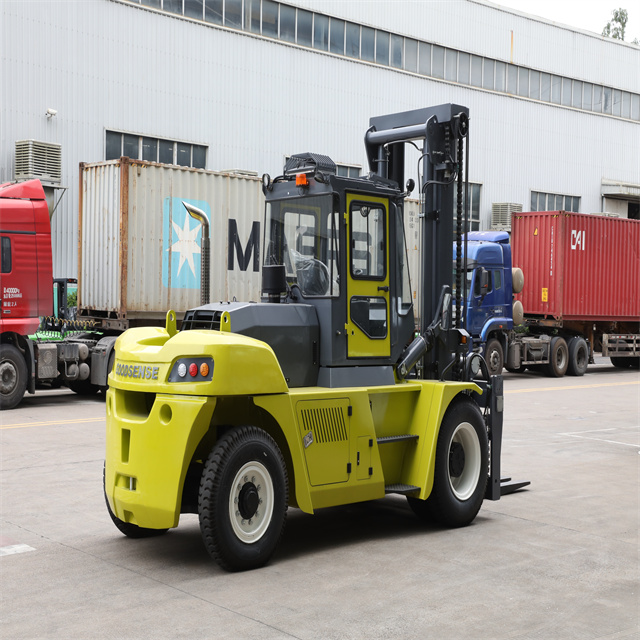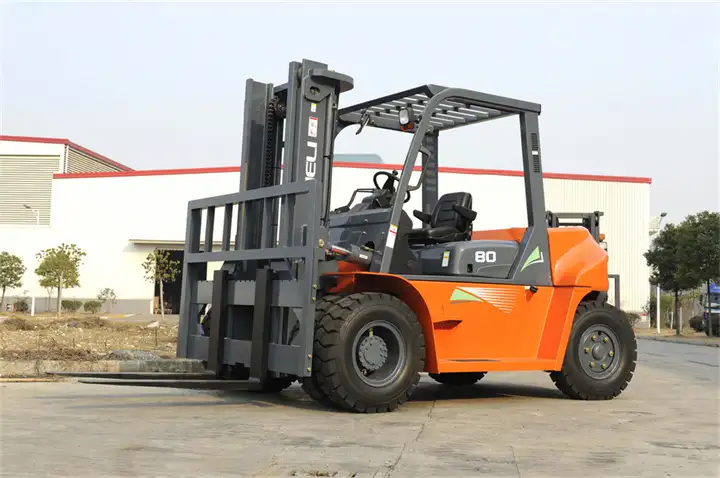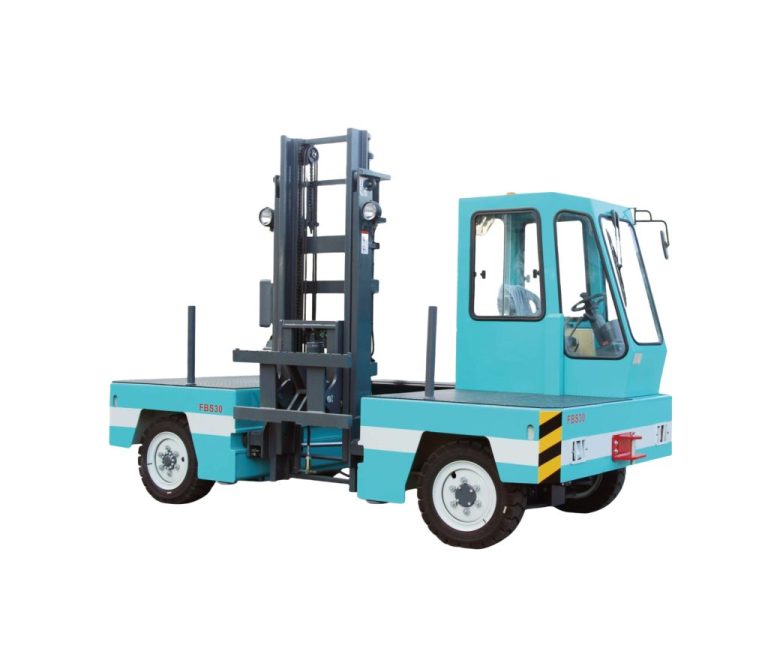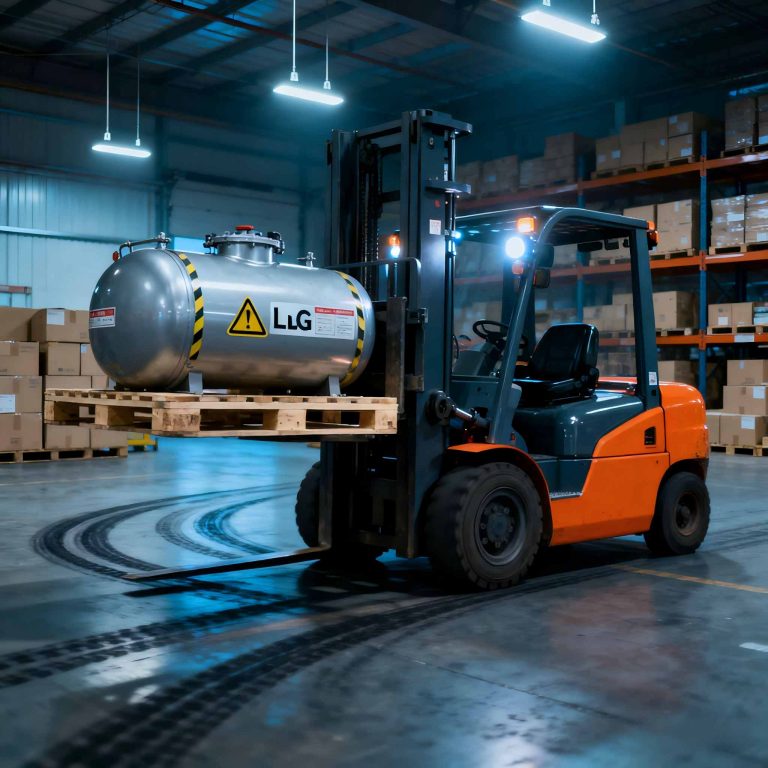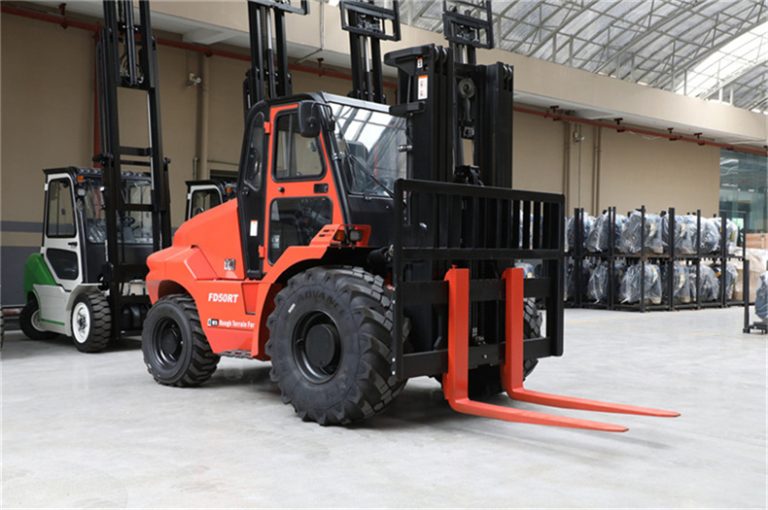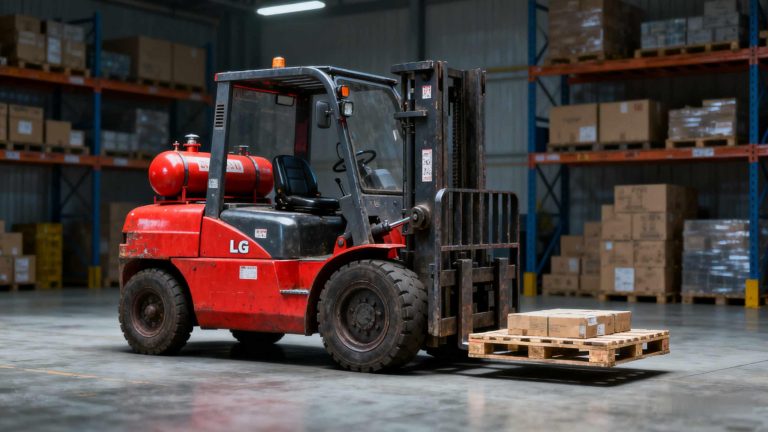Hey there, if you’re knee-deep in warehouse ops or running a construction gig, you know picking the right forklift isn’t just about grabbing whatever’s on sale. It’s about matching the machine to the job without wasting time or cash. I’ve been around the block with these beasts, and let me tell you, figuring out forklift classes can save you a headache. Today, we’re diving into determining forklift class, with a special spotlight on diesel forklifts. We’ll unpack the basics, throw in some real-world tips, and yeah, maybe wander off a bit on why diesel still rules in tough spots. Stick around – this could be the nudge you need for your next buy.
Why Forklift Classes Matter in Your Daily Grind
Forklifts aren’t one-size-fits-all. They’re split into classes based on power source, build, and what they’re meant to tackle. The International Truck Association (ITA) lays out seven classes, from zippy electric models for tight indoor spots to heavy hitters for outdoor chaos. Getting this wrong? You might end up with a forklift that conks out mid-shift or one that’s overkill for light loads.
Think about it: in a busy warehouse, a wrong class means delays, higher repair bills, or even safety risks. I remember chatting with a buddy who runs a lumber yard – he switched to the right class and cut his downtime by half. Numbers like that matter. So, let’s break down these classes first, then zoom in on diesel ones, since they’re the workhorses for many folks out there.
The Seven Forklift Classes: A Quick Rundown
Alright, straight from the guidebooks and my own experience wrenching on these things, here’s the lowdown on the seven classes. We’ll keep it simple with a table for easy scanning – no fluff, just facts.
| Class | Power Source | Typical Use | Load Capacity Example | Pros | Cons |
| Class 1 | Electric (Battery) | Indoor warehouses, clean environments | Up to 6,000 lbs | Quiet, no emissions | Limited runtime, needs charging |
| Class 2 | Electric (Narrow Aisle) | Tight spaces like aisles | Up to 5,500 lbs | Maneuverable in small areas | Not great outdoors |
| Class 3 | Electric or Manual (Hand Trucks) | Light-duty, like pallet jacks | Up to 4,000 lbs | Cheap and easy to use | Low lift height |
| Class 4 | Internal Combustion (Cushion Tires) | Indoor on smooth floors | Up to 15,000 lbs | Stable for heavy loads | Fumes indoors? Not ideal |
| Class 5 | Internal Combustion (Pneumatic Tires) | Outdoor, rough terrain | Up to 100,000+ lbs | Tough and versatile | Noisy, fuel costs |
| Class 6 | Electric or Internal Combustion (Tow Tractors) | Towing carts in airports or plants | Varies, towing focus | Good for pulling loads | Not for lifting much |
| Class 7 | Internal Combustion (Rough Terrain) | Construction sites, uneven ground | Up to 12,000 lbs | All-terrain grip | Higher maintenance |
Class 5 and 7 are where diesel shines brightest. They’re the ones you see chugging along in shipyards or farms, handling the grit that electric models can’t touch. Oh, and a side note: I’ve seen guys mix up Class 4 and 5 – cushion vs. pneumatic tires make a world of difference on bumpy ground. Don’t make that rookie mistake.
Diesel Forklifts: The Heavy Lifters Unveiled
Now, let’s get to the meat: diesel forklifts. These bad boys fall mostly into Classes 4, 5, and 7, powered by diesel engines that pack a punch. Why diesel? Simple – torque. That low-end grunt lets you haul heavy stuff without bogging down. From 1.5-ton models for smaller yards to beasts over 30 tons for ports, they’ve got range.
Take a standard 3-ton diesel forklift. It’s got a diesel engine humming away, high torque for slopes or mud, and can run all day with quick refuels. No waiting around like with batteries. In my time on sites, I’ve watched these handle 10-hour shifts in rain without skipping a beat. Sure, they’re louder and smellier, but for outdoor work? Unbeatable.
Diving deeper, diesel models come in flavors:
- Smaller ones (1.5-3.5 tons):Great for warehouses or light construction. Think loading trucks with pallets – quick, reliable.
- Mid-range (4-8 tons):These are your go-tos for manufacturing. High lift capacity, durable frames.
- Heavy-duty (10-30+ tons):Ports and mines love ’em. Massive engines, reinforced masts – we’re talking lifting containers like they’re toys.
And hey, emissions? Modern diesels have filters and tech to cut that down. Not perfect, but better than the old smokers from the ’90s.
Key Features That Make Diesel Forklifts Stand Out
What sets diesel apart when determining forklift class? It’s not just power; it’s the whole package. Here’s a bullet-point breakdown, pulled from real specs I’ve seen:
- Power and Torque:Diesel engines deliver big torque at low RPMs. Perfect for starting under load – say, picking up a 5-ton steel coil on a slope.
- Durability in Harsh Spots:Rugged builds handle dust, weather, rough surfaces. Electric ones? They’d fry in that mess.
- Long Runtime:Fuel up in minutes, run for hours. In a shipping yard, that means less idle time – maybe save 20-30 minutes per shift.
- High Capacity:From 1 ton up to 48 tons. For example, a 20-ton model can shift massive pipes in oil fields without breaking a sweat.
- Cost for Heavy Use:Yeah, fuel’s pricier upfront, but for non-stop ops, it pays off. One site I know switched from LPG and saved on maintenance alone.
Of course, they’re not for everyone. Indoors? Fumes are a no-go. But outdoors, they’re kings. I once saw a 7-ton diesel pull through a muddy field where a rough terrain electric just spun wheels. Real talk.
Real-World Applications: Where Diesel Forklifts Shine
Picture this: a construction site in the rain, materials scattered everywhere. A Class 7 diesel rough terrain forklift rolls in, grabs lumber stacks, and hauls them uphill. No slips, no fuss. That’s from experience – these things grip with their big tires and high clearance.
Or in a lumber yard: Side loaders (often diesel-powered in Class 5) handle long planks in narrow paths. One customer I heard about used a 3-ton model to stack hay bales on a farm – versatile as heck.
In ports? Heavy-duty 25-ton diesels unload ships. They lift containers weighing tons, maneuver tight docks. Stats show these cut loading times by 15-20% versus smaller rigs.
Even in warehouses with outdoor bits, like a beverage center, diesels move pallets from trucks to storage. But wait, a quick detour: ever wonder why some folks stick with older models? Nostalgia, maybe, or just ’cause they last forever. Mine did, anyway.
Factors to Consider When Choosing Your Diesel Forklift Class
Determining forklift class boils down to your needs. Load size? Environment? Budget?
- Load and Lift Height:Need over 10 tons? Go Class 5 or 7. For 3-5 tons indoors/outdoors mix, Class 4 might work.
- Terrain:Rough? Class 7 all the way. Smooth floors? Stick to pneumatic tires in Class 5.
- Runtime and Fuel:Long shifts? Diesel’s your friend. Calculate fuel costs – a 5-ton model might guzzle 5-7 liters per hour.
- Safety and Extras:Look for overload protection, cameras. In busy spots, these save lives.
- Maintenance:Diesels need regular oil changes, but they’re tough. Factor in parts availability.
Weigh these, test drive if you can. I always say, chat with operators – they’ll spill the real dirt.
Meet JinChengYu: Your Trusted Diesel Forklift Supplier
Before we wrap up, let’s talk about a solid player in this game: JinChengYu Forklift. Based in Qingdao, China, they’ve been cranking out diesel forklifts since 2002, exporting to over 50 countries. Their lineup covers everything from 1-48 ton internal combustion diesels to rough terrain models. What stands out? Full product range, strong after-sales support, and a focus on quality – think durable builds for heavy ops. They’ve got cases like power plants using their LPG variants, but diesels are their bread and butter. If you’re hunting reliable suppliers, JCY’s worth a look; they’ve built trust with folks in construction and logistics worldwide.
Conclusion
Wrapping this up, determining forklift class isn’t rocket science, but it demands a close look at your setup. Diesel forklifts, with their power and grit, often steal the show for heavy, outdoor work. Pick right, and you’ll boost efficiency, cut costs, and keep things safe. Whether you’re stacking pallets or hauling massive loads, these insights should point you in the right direction. Ready to upgrade? Dive in and make that call.
FAQs
What factors should I consider when determining forklift class for a diesel model?
When determining forklift class, think about your load weight, terrain, and environment. For diesel, Classes 5 and 7 handle rough outdoor jobs best, with capacities from 5 tons up. Indoors? Maybe stick to Class 4 to avoid fumes.
How do diesel forklifts compare to electric ones in terms of class and performance?
Diesel forklifts in Classes 4-7 offer more torque for heavy lifts, like 10+ tons, and longer runtimes. Electrics (Classes 1-3) are quieter and emission-free but struggle outdoors. It’s all about your site – diesel wins for grit.
Can a rough terrain diesel forklift fit into multiple classes?
Yeah, rough terrain diesels usually fall under Class 7, but some beefy ones overlap with Class 5. Key is the tires and build – determining forklift class here focuses on all-terrain capability for sites like farms or construction.
What’s the biggest advantage of choosing a high-capacity diesel forklift?
The edge? Raw power for loads over 20 tons, plus durability in harsh spots. In ports, they cut downtime big time – refuel fast and keep going. Just weigh fuel costs against the nonstop hustle.
How often should I service a diesel forklift after determining its class?
Depends on use, but every 200-500 hours is standard. For heavy Classes like 5 or 7, check filters and oil more – skips that, and you’re looking at breakdowns. Pro tip: Track hours religiously.

